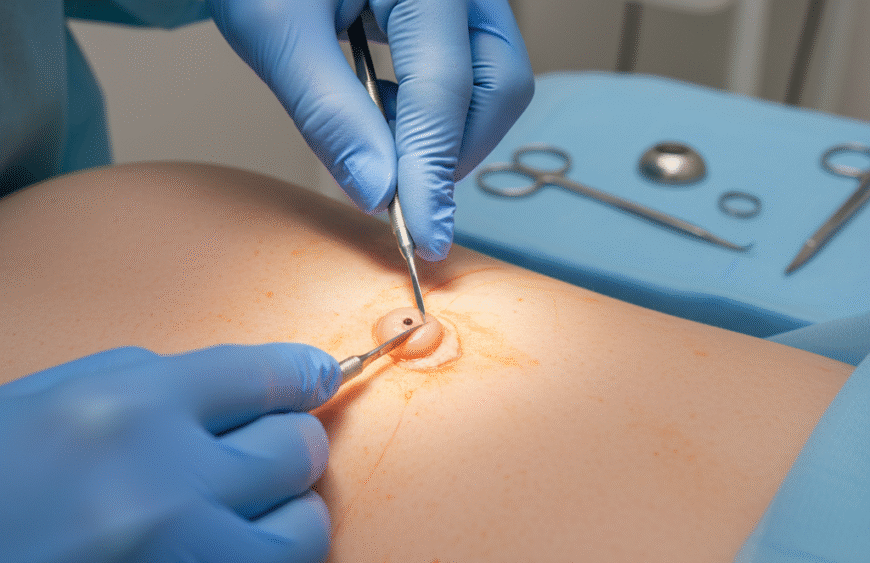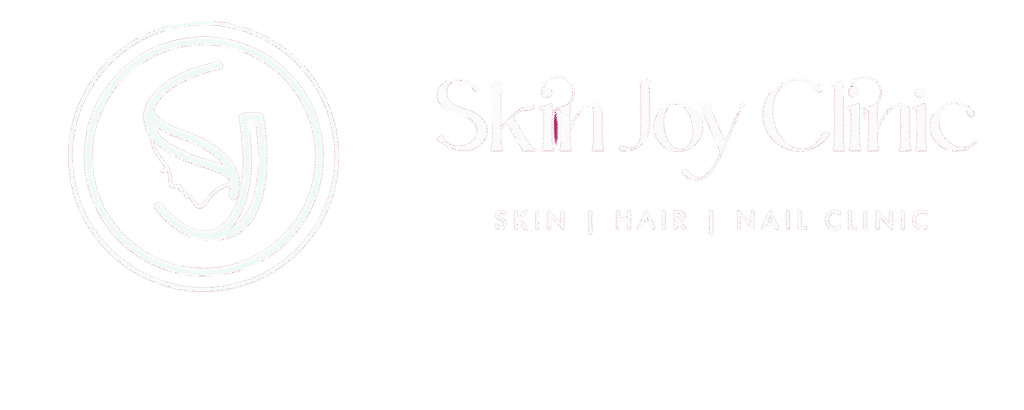Cyst

What Is a Cyst?
A cyst is a closed sac-like structure that contains fluid, air, pus, or semi-solid material. Cysts can appear on various parts of the body and are often non-cancerous (benign). The treatment of a cyst depends on multiple factors:
– Type of cyst
– Its location on the body
– Whether it’s infected or inflamed
– Presence of pain or discomfort
Common Types of Cysts
Some of the most frequently seen types of cysts:
– Sebaceous cyst
– Scalp cyst
– Dermoid cyst
– Ganglion cyst
– Pilar cyst
– Breast cyst
– Ovarian cyst
– Chalazion
– Pilonidal cyst
– Cystic acne
– Bakers cyst
– Mucous cyst
– Branchial cleft cyst
– Ingrown hair cyst
What Is a Sebaceous Cyst?
A sebaceous cyst is a non-cancerous lump that develops beneath the skin and is typically filled with sebum, pus, or keratinous material. It may feel like a small pea under the skin and can occur on the scalp, face, back, or other body areas. Some cysts may remain small, while others grow large and lead to complications. The sac surrounding the cyst is known as the capsule, and complete removal is important to prevent recurrence.
Symptoms of Sebaceous Cyst
– Soft, movable lump under the skin
– Commonly found on scalp, neck, back, and face
– Usually painless unless infected
– Redness, swelling, or tenderness when inflamed
– Internal cysts may require imaging (e.g., kidneys, ovaries)
– Brain cysts can cause headaches or neurological symptoms
What Causes a Sebaceous Cyst?
Sebaceous cysts form when a sebaceous gland becomes blocked. Other factors include:
– Blocked hair follicles
– Physical trauma or injury
– Hormonal imbalance (e.g., high testosterone)
– Chronic skin conditions
– Genetic disorders
– Wearing imitation jewelry
– Infections or inflammation
Diagnosis
Diagnosis usually involves a physical examination by a dermatologist. Additional tests may include:
– Ultrasound
– CT scan
– FNAC (Fine Needle Aspiration Cytology)
Treatment of Sebaceous Cyst
Small cysts may not require treatment. If painful or infected, medical procedures are needed.
Treatment at Skin Joy Clinic includes:
– Anti-inflammatory medication
– Surgical excision under local anesthesia
– Removal of cyst sac (capsule) to prevent recurrence
– Performed by qualified dermatologists
Post-Treatment Care & Prevention
– Avoid squeezing or popping the cyst
– Use warm compresses to aid natural drainage
– Maintain good hygiene
– Avoid skin irritation and use breathable clothing
Early diagnosis and professional care help avoid complications. For expert cyst care, consult Dr. Ismat Ara Khan at Skin Joy Clinic, New Town, Kolkata.



